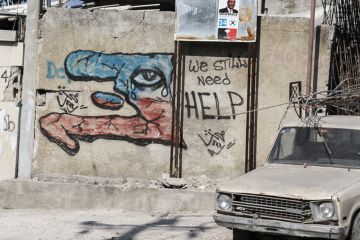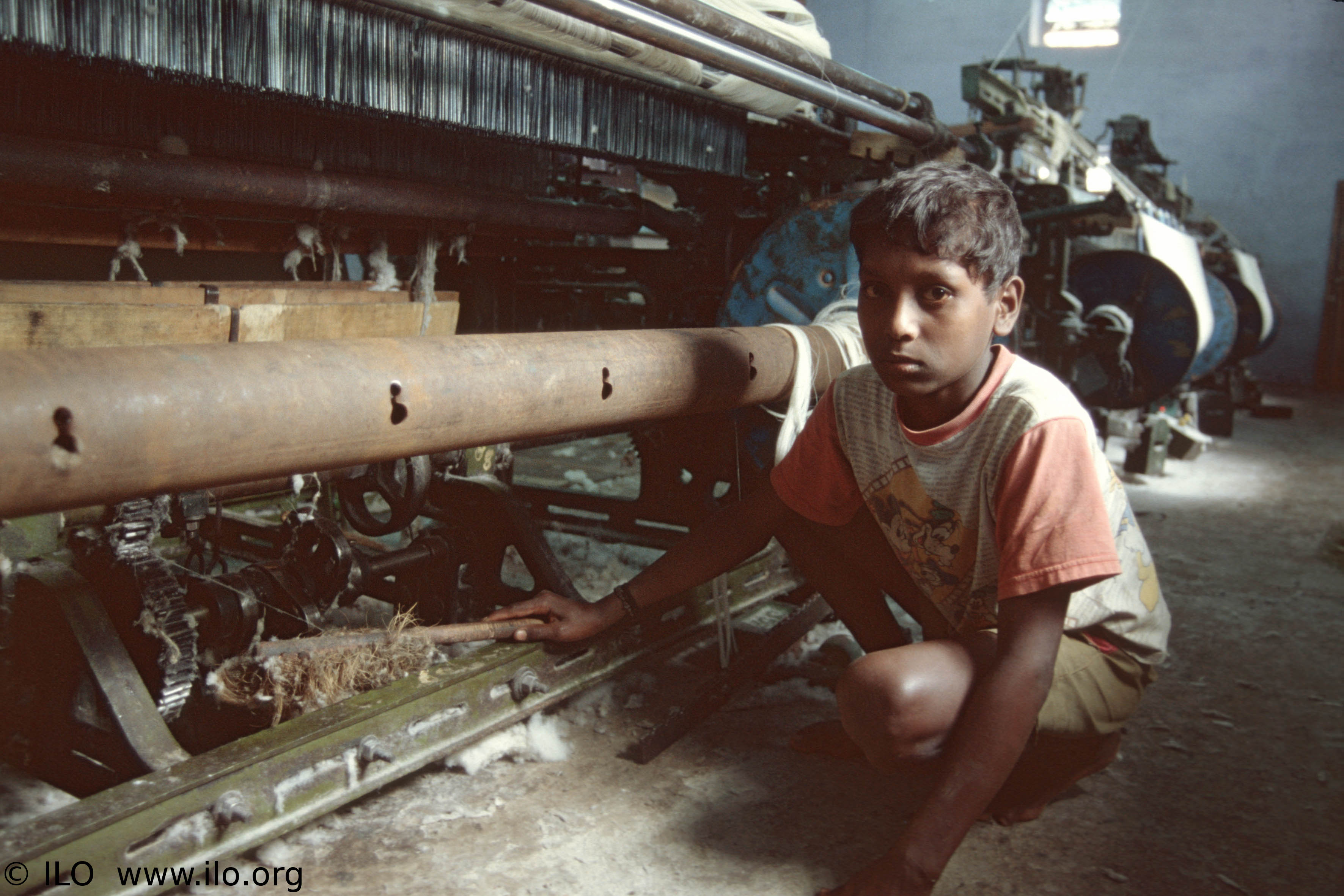Social activism is becoming an increasingly large part of modern culture. A variety of development efforts have sprung up in response, ranging from child-sposorship to livestock donation to building wells in rural villages. Most recently, microfinancing has become an especially intriguing avenue to those seeking to make a difference in impoverished countries.
The Consultative Group to Assist the Poor defines microfinance as “the supply of loans, savings, and other basic financial services to the poor.” These resources allow the poor to not only access money for emergencies and investments, but also to obtain other benefits, such as insurance. Regular banks seldom give the poor this chance; the poor are viewed as unreliable and insignificant investments. Microfinancing Institutions (MFIs) are giving developing economies the opportunity to grow from the bottom up, seeking not only to alleviate poverty, but also to create a more dynamic and inclusive worldwide economy.
The microfinancing method, however, is not as new as it may seem. Although Muhammad Yunus, winner of the 2006 Nobel Peace Prize, is widely viewed as the “father of microfinance,” the idea of microcredit sprouted as early as the 1700s with the Irish Loan Fund System. Throughout the 1800s, people’s banks, credit unions, and saving and credit cooperatives spread throughout Europe and North America. They were highly successful and community driven, freeing people from feudal ties and fostering self-sufficiency.
Yunus expanded the boundaries of community-based microcredit, which only served to provide loans, to a nationwide independent bank with 90 percent of its shares owned by its borrowers. This was Grameen Bank, established in 1983. It emerged from the Grameen Project, which started as a $27 loan to a group of women in the village of Jobra, Bangladesh. The bank has since grown to serve four million Bangladeshi citizens in 2010 alone. According to Yunus, Grameen Bank has lifted close to 20 million people out of poverty in the last 10 years. Its success has led to the rise of many similar institutions such as ACCION International, SEWA Bank and FINCA. The World Bank estimates 160 million people in developing countries are currently being served by MFIs.
Though the concept of microcredit has been around for centuries, the idea of microfinance as a method of socially conscious aid only developed around 2005. 2005 was proclaimed the International Year of Microcredit by The Economic and Social Council of the United Nations, who stated, “Lasting peace cannot be achieved unless large population groups find ways in which to break out of poverty. Micro-credit is one such means.”
Both governments and individuals were urged to support MFIs. The allure of MFIs lies in the fact that, through organizations like Kiva, lenders can choose the recipient of their money and follow the impact made by their loan, similar to other sponsorship programs. With microfinancing, the money given is a loan rather than a donation, allowing lenders to make a difference with minimal effort and zero cost. Kiva boasts a 98.9 percent return rate, meaning, “You can now use [the money] to fund another loan, donate it to Kiva, or withdraw it to spend on something else.”
The money goes straight to those in need, and is paid back with minimal interest, enough to cover administrative costs. With the additional focus on female empowerment and the global fueling of entrepreneurial spirit, microfinance soon became the poster child for poverty alleviation.
In 2009 and 2010, however, widespread criticism of the microfinance method and MFIs surfaced, showing significant flaws in implementation, if not the concept of microfinance itself. The Associated Press reported that more than 200 Indians committed suicide in late 2010 because were unable to repay microloans. SKS Microfinance Ltd., India’s largest MFI, was directly linked to 7 suicides in Andhra Pradesh province alone. Loan officers allegedly harassed borrowers, forcing them to sell their belongings and even instructing them to kill themselves if they could not pay. In 2010, SKS became only the second MFI in world to go public, with an initial public offering worth hundreds of millions, raising eyebrows among government leaders and other MFIs alike.
Yunus has commented on this problem, “The concern is that when you put an IPO, you are promising your investors that there is a lot of money to be made and this is a wrong message. Poor people should not be shown as an opportunity to make money out of.” According to the Associated Press, SKS officers lacked training. They gave out more loans than were sustainable and encouraged bigger loans than borrowers could pay back, all in order to make a bigger profit.
Vikram Akula, founder and then-CEO of SKS, simply responded, “Professor Yunus was right,” before resigning in late 2011.
Similar problems arose in Nicaragua and Bolivia where politicians advocated for the poor not to pay back their loans as a political move to gain electoral support, leading to the collapse of MFIs such as Banex. While this level of corruption is not universal, it exacerbates other challenges facing microfinance, including those of a fundamental nature.

Some even question the fundamental principles of microfinance. As far back as 1997, development analyst Vijay Mahajan warned that, “although improving poor people’s ability to withstand financial shocks is important, it doesn’t make them less poor in itself. It needs to support business yet the majority would rather have a safe job than take the risk of running a business.”
It is true that there are a multitude of entrepreneurial successes that arose with the help of microfinance, but the majority of microloans go towards borrowers’ basic needs. Recent studies show that microloans rarely make an impact on bottom-line indicators of poverty even though they do stimulate some microbusiness start-ups. Alongside the success stories are 60-percent drop-out rates in East Africa and a 30-percent growth in outstanding microdebt per year in countries such as Bosnia-Herzegovina, Morocco and Pakistan, as reported by The Guardian.
Grameen Bank is one MFI that has managed to operate with a relatively high success rate.

Even so, Thomas Dichter, a long-time evaluator of microfinance programs, argues that, “No country that is rich today did so through microloans for the poor.” Economic transformations that end poverty involve combining labor and capital in ways that are not possible in poor households.
David Roodman, senior fellow at the Center for Global Development and the popular face of microfinance criticism, argues that “the well-meaning flood of money into microcredit distorts the industry toward overreliance on this one, risky service,” arguing that because it deters money from structural investments it does not give rise to sustainable growth.
Nevertheless, he acknowledges that the method is not to be dismissed entirely, saying, “Microfinance is no silver bullet for poverty, but it does have things to offer. The strength of the movement is not in reducing poverty or empowering women, but in building dynamic institutions that deliver inherently useful services to millions of poor people.”
The fact of the matter is that MFIs simply need strict monitoring and legislation to deter corruption and profiteering, and their strategies need to be refined to target structural investment as well as individuals in need. Microfinance is an excellent concept for developing countries faced with poverty, but it is still a work in progress.
Kofi Annan, another Nobel Peace laureate, explained, “Microfinance recognizes that poor people are remarkable reservoirs of energy and knowledge…untapped opportunity to create markets, bring people in from margins and give them the tools with which to help themselves.” With the implementation of credit bureaus and a revision of policies, micro-finance can contribute greatly to global poverty alleviation, providing the poor with all the benefits that others have felt entitled to for decades.





